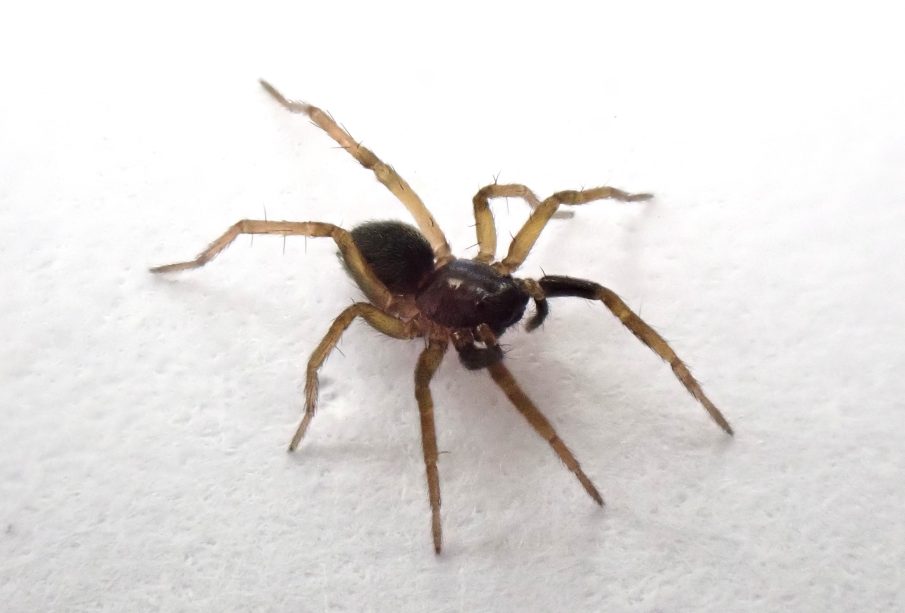Exploring the White Knuckled Wolf Spider: Habitat and Behaviour

Introduction
The white knuckled wolf spider, known scientifically as Hogna carolinensis, is a fascinating arachnid commonly found in various habitats throughout North America. Recognisable for its distinctive pale coloration and notable behaviour, this spider plays an important role in the ecosystem as a predator of insects. Understanding its biology and ecological significance is crucial for the appreciation of biodiversity and natural pest control.
Physical Characteristics
The white knuckled wolf spider is characterised by its light tan body, with pale markings on its carapace and a distinctly white or off-white colour on its knuckles, which are actually the segments of its legs. This coloration provides excellent camouflage amid sandy or light-coloured environments, aiding in its hunting strategy. Adult females can grow up to 2 inches long, while males are slightly smaller.
Habitat and Distribution
This species prefers habitats that offer plenty of cover and hunting grounds, such as forest edges, grasslands, and gardens. They are typically ground-dwelling spiders and are known for their keen hunting skills, hunting down insects and other small arthropods. The species is prevalent across the eastern United States and has been spotted in rural and urban areas alike, adapting well to human-altered environments.
Behaviour and Hunting Techniques
The white knuckled wolf spider is primarily nocturnal. During the night, it hunts by stealthily stalking its prey before pouncing with remarkable speed. Unlike web-building spiders, these wolf spiders rely on their agility and keen eyesight, hunting in a variety of terrains. They are also known for their maternal instincts; female spiders carry their egg sacs on their backs until the eggs hatch, demonstrating a level of parental care that is rare in the spider world.
Ecological Importance
As a predator, the white knuckled wolf spider contributes significantly to the control of pest populations. By preying on insects, they help to maintain ecological balance. Their presence indicates a healthy ecosystem, as a decline in wolf spider populations may lead to an overpopulation of prey species. Additionally, wolf spiders serve as food for various birds and mammals, further integrating them into the food web.
Conclusion
The white knuckled wolf spider is a remarkable species that deserves admiration rather than fear. Its ecological role as a predator highlights its significance in maintaining the balance of ecosystems. As urban development expands, fostering awareness about such wildlife and their importance is essential for conservation efforts. Educating communities about this unique arachnid can contribute to the preservation of biodiversity and promote an understanding of the complex relationships within our environment.









